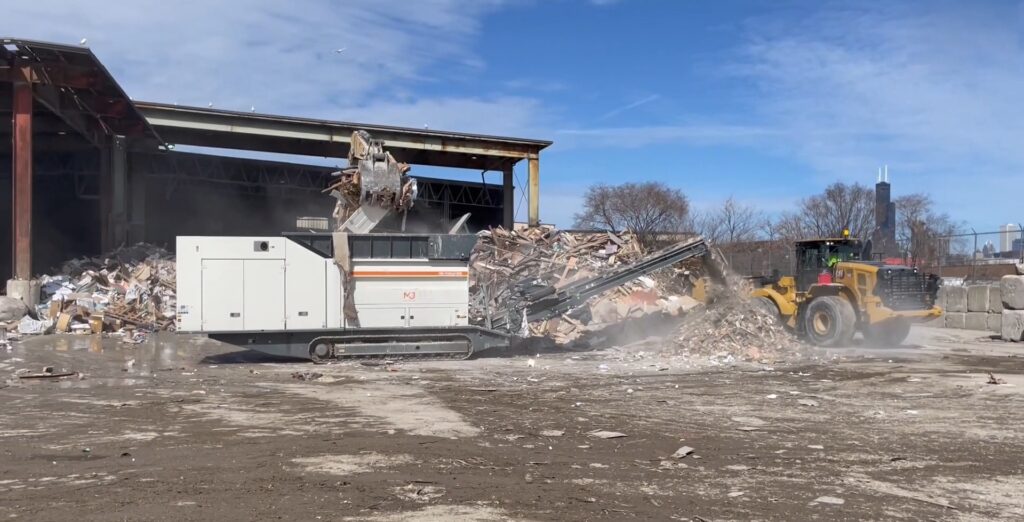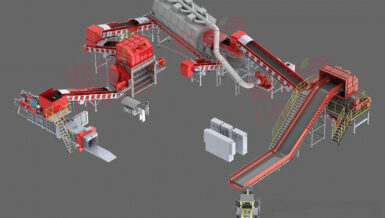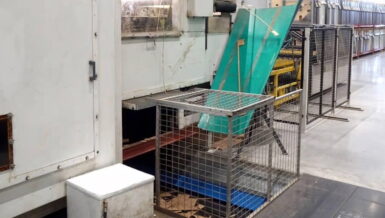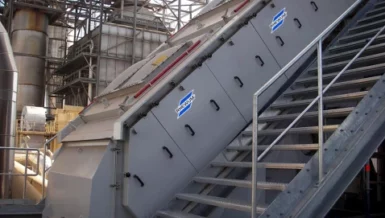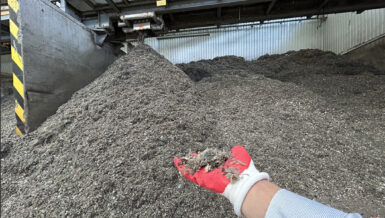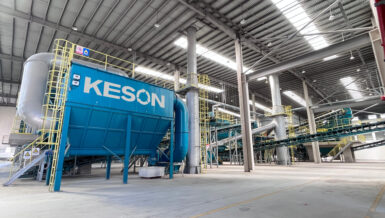The Hidden Cost of Volume
Every load of municipal solid waste comes with a challenge: space. Long before hitting weight limits, trailers and railcars reach capacity on volume, forcing operators to pay for transporting air. This inefficiency increases costs, boosts CO₂ emissions, creates bottlenecks at transfer stations, and accelerates landfill depletion.
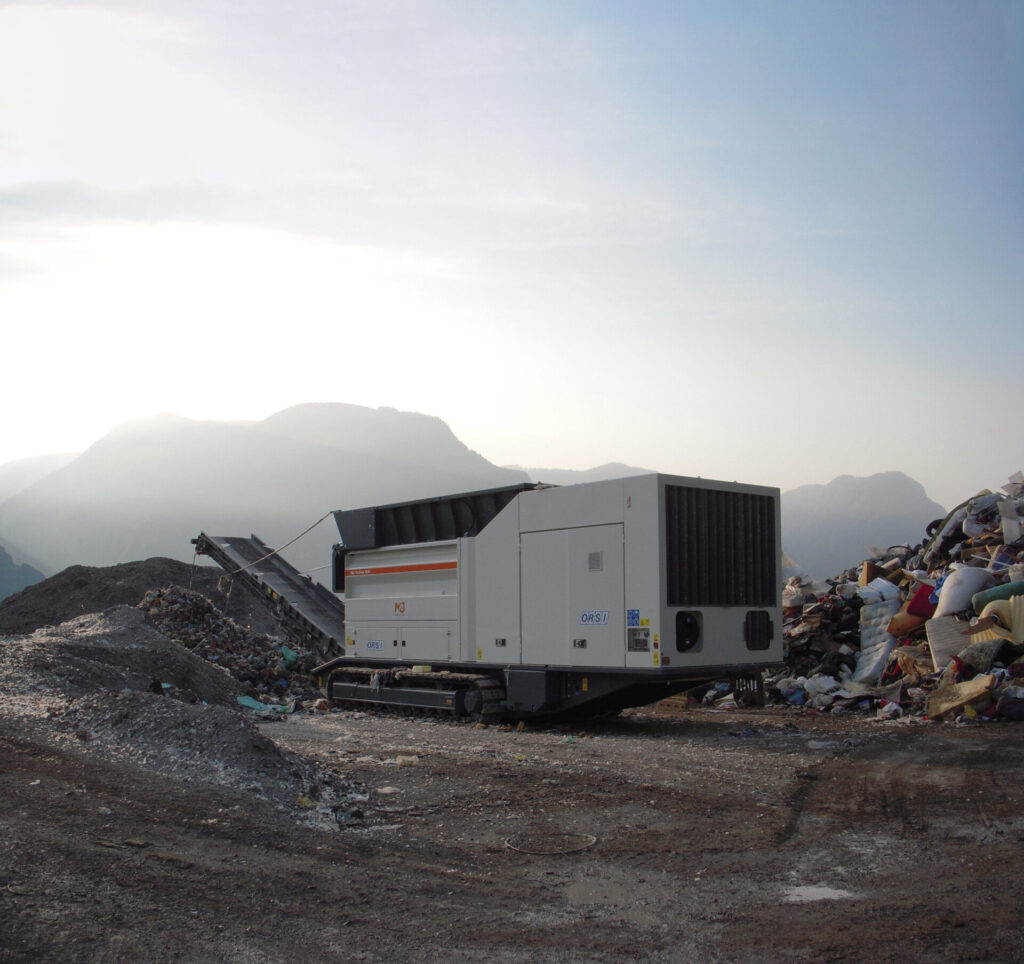
One solution? Shredding waste directly on-site at the transfer station before it’s transported to the landfill. But doing so places heavy demands on the shredder’s mobility, durability, and versatility.
A Shredder Built to Move Waste — and the Numbers
M&J Superior Recycling Technology offers a waste shredder engineered for exactly that challenge: The M&J 4000M mobile pre-shredder. This heavy-duty industrial shredder combines mobility with high performance.
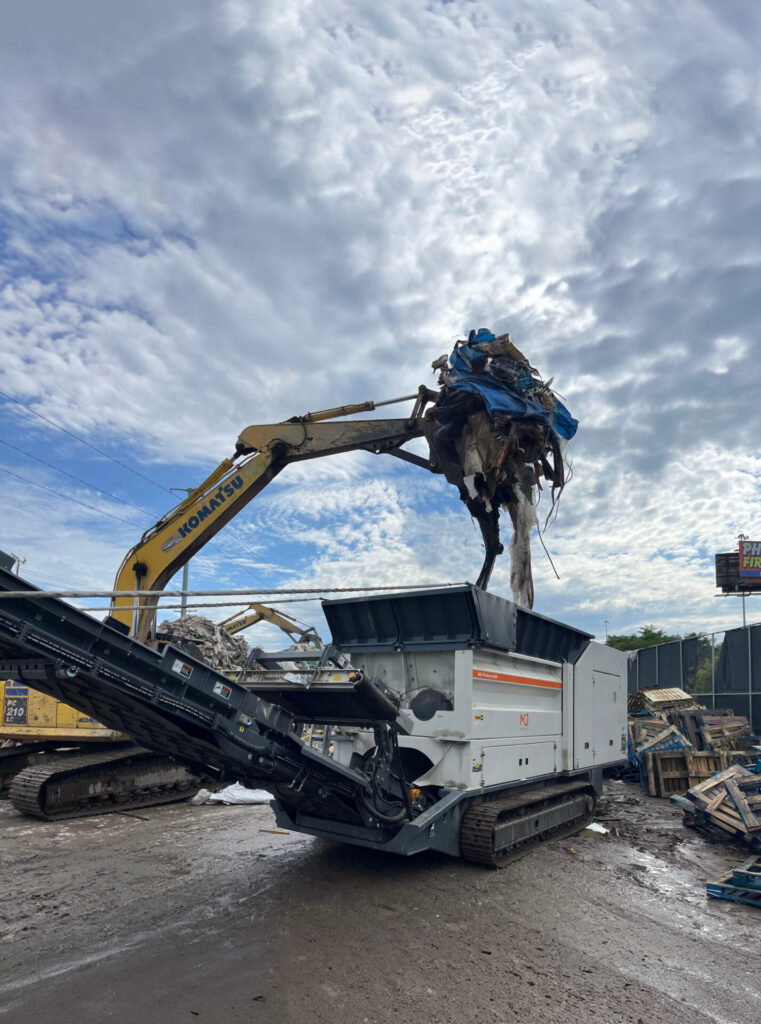
Its aggressive, hard-steel knives are welded to the shaft for maximum durability, while an open cutting table allows debris to fall through, preventing blockages. The twin-shaft, asynchronous cutting system attacks material from multiple angles, minimizing bridging and keeping output flow consistent. An anti-jam system ensures continuous operation — even with difficult waste streams — enabling throughput of up to 80 tons per hour.
And when it needs to move, the M&J 4000M can traverse virtually any site, whether on tracks or mounted on a trailer.
Lower Costs, Smaller Footprint
With the M&J 4000M in place, transfer stations can boost waste density from roughly 400 to 600 pounds per cubic yard. This can reduce daily landfill use by nearly 700 cubic yards and extend landfill life by more than six years.
At the same time, railcar payloads increase from 60 to 75 tons — a 25% improvement — meaning fewer trips and less wear on transport equipment. For one operator, that meant eliminating over 300 railcars per year, saving approximately $1.95 million annually.
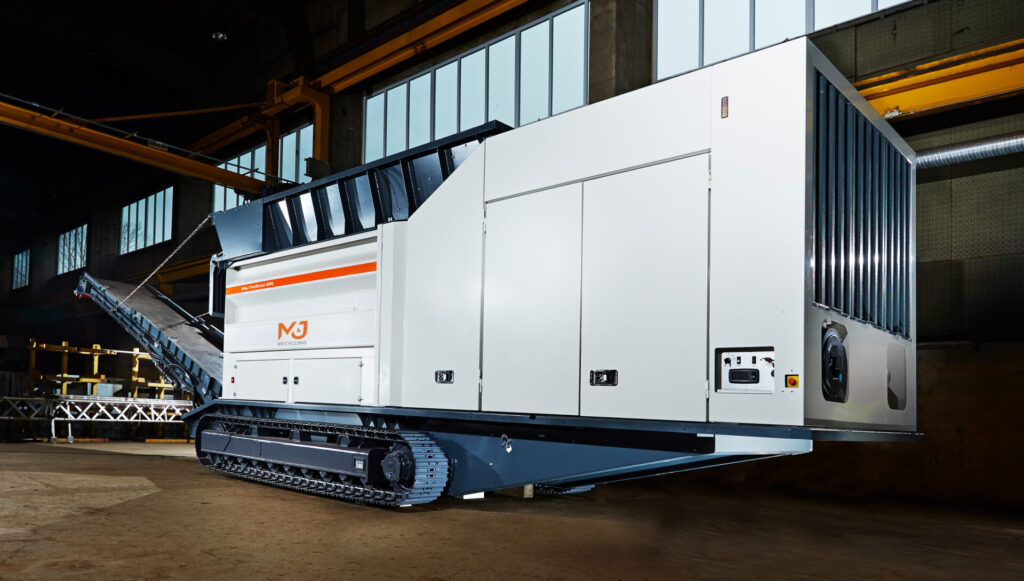
The shredder meets strict emission standards in both Europe and the U.S., and its energy-efficient design further reduces operational impact. Its mobility also shortens haul distances, lowers fuel use, and improves site logistics — all while shrinking the carbon footprint.
An Intelligent Way Forward
The story of the M&J 4000M isn’t just about one machine. It’s about rethinking the economics of waste management. Instead of treating excess volume as an unavoidable cost, operators can turn it into a competitive advantage.
With environmental pressures mounting and landfill space dwindling, volume reduction is no longer just a technical upgrade — it’s a strategic necessity. And in this case, it delivers measurable financial, operational, and environmental returns.


